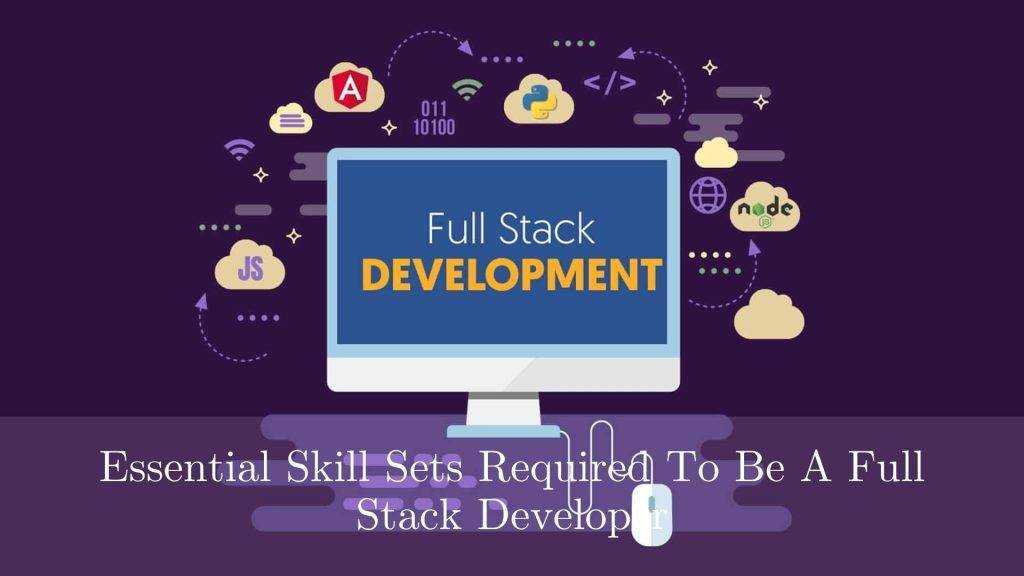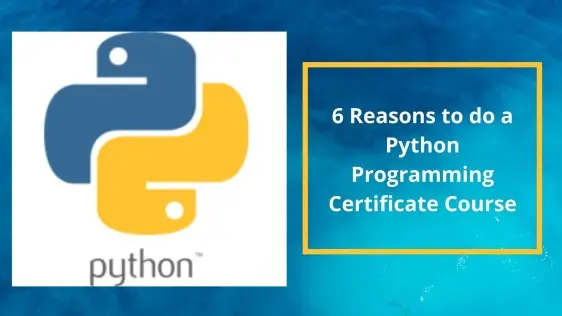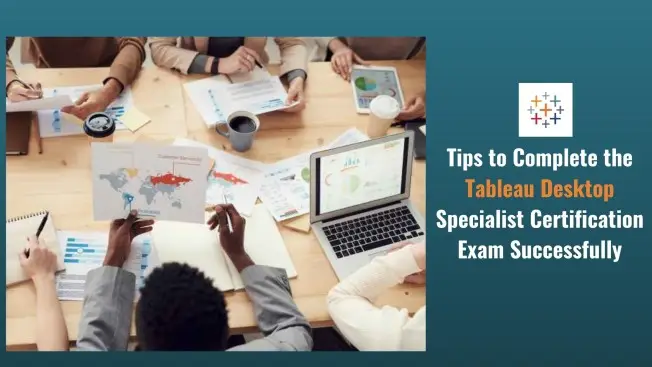The term ‘full-stack’ is defined as having mastery over all-encompassing technical solutions on front-end (client-side), back-end (server-side), and databases of web app. To get a complete idea of what a full-stack developer is, one should be well-versed with web development, i.e., user interface (front-end) and server-side (back-end). We, at ItView, the best Software Training Institute in Pune, provide a range of job-oriented courses like Python Full-Stack Developer Course, Full Stack Java Developer Course/Java Full Stack Developer Course, Software Testing, Data Analytics Training, PHP Development Classes, apart from regular career-specific courses like Python Classes in Pune, Selenium Training, AWS, Java, Tableau Training, Power BI Training, Angular Training, Web Designing and DevOps Training in Pune.
A full-stack developer exceling in, say, full stack developer course, requires the following skillsets:
1 Full-Stack Python:
1. Web Designing-Designs of websites being displayed on the internet, referring to user experience aspects of website development, Python’s core features making it a popular option for web designing.
2. Python-High-level, general-purpose programming language, emphasizing code readability via significant indentation.
3. Django-High-level Python web framework encouraging rapid development and clean, pragmatic design.
4. Flask-Micro web framework written in Python requiring no particular tools or libraries.
2 Full Stack Java Developer Course/Java Full Stack Developer Course:
1. Web Designing-Commonly used language for web designing & development on server-side, Java web applications being distributed applications running on the internet.
2. Core Java-Part of Java programming language used for developing general-purpose applications.
3. Advanced Java-Part of Java programming language dealing with online application like website and mobile application.
4. Hibernate ORM-Object-relational mapping tool for Java programming language as part of java full stack developer course, providing framework for mapping object-oriented domain model to relational database.
5. Spring Framework-Application framework and inversion of control container for Java platform, having extensions for building web applications on top of Java EE platform.
6. Spring Boot-Open-source Java-based framework as part of full stack java developer course, used to create a microService, for building stand-alone and production ready spring applications.
3 PHP Development:
1. Hyper Text Markup Language (HTML)- Language for front-end technologies for administering format and visuals of websites text and pictures, managing webpage structure into hierarchy of heading, paragraph, body, pop-ups.
2. Cascading Sheet Styles (CSS)-Language enables you to style and alter hypertext mark-up language components.
3. JavaScript-One of dynamic languages developers excelling in java full stack developer course/full stack java developer course, it’s utilized for interactive and increased front-end development involving client-side and server-side development.
4. Core PHP-Pure PHP language used for building dynamic web pages, not relying on external libraries.
5. Advanced PHP-Designed for experienced developers and those who have completed PHP Essentials course, covering latest Object-Oriented-Programming (OOP) and functional programming.
6. CodeIgniter-Open-source software rapid development web framework used for building dynamic websites with PHP.
7. WordPress-Free and open-source content management system written in PHP and paired with MySQL or MariaDB database.
8. Laravel-Free, open-source PHP web framework created by Taylor Otwell and intended for web applications development following model-view-controller architectural pattern based on Symfony.
4 Ruby-Interpreted, high-level, general-purpose programming language supporting multiple programming paradigms.
5 Git & Github-Distributed version control system for developers for handling every step of development process. Github is a platform allowing developers to figure, manage, and review simultaneously on several projects, employing Git options for providing ideal platforms for developers.
6 LAMP (Linux, Apache, MySQL, PHP/Perl/Python)-One of most common software stacks for many of web’s most popular applications, now referring to generic software stack model.
7 Hypertext Transfer Protocol (HTTP)-Standard application-level protocol used for exchanging files on World Wide Web.
8 SOAP-Messaging protocol specification for exchanging structured information in web services implementation in computer networks, using XML Information Set relying on HTTP.
9 REST-Software architectural style created to guide design and development of architecture for World Wide Web.
10 Oracle & MySQL-Storage system servers for Databases.
11 Soft Skills Requirements:
- Communication
- Multi-Tasking
- Time Management
- Inquisitiveness
- Team Players
- Effective Leadership
- Patience
- Creative Mindset
- Attention To Details
Currently, there’re good job opportunities for freshers in Web Development which include:
- Application Developer
- Software Development
- Python Developer
- Java Devloper
- Game Developer
- Multimedia Programmer
- Multimedia Specialist
- web developer
Thus, the aforementioned skill sets required to be a full-stack developer trained in full stack java course/java full stack course is the way to go!



